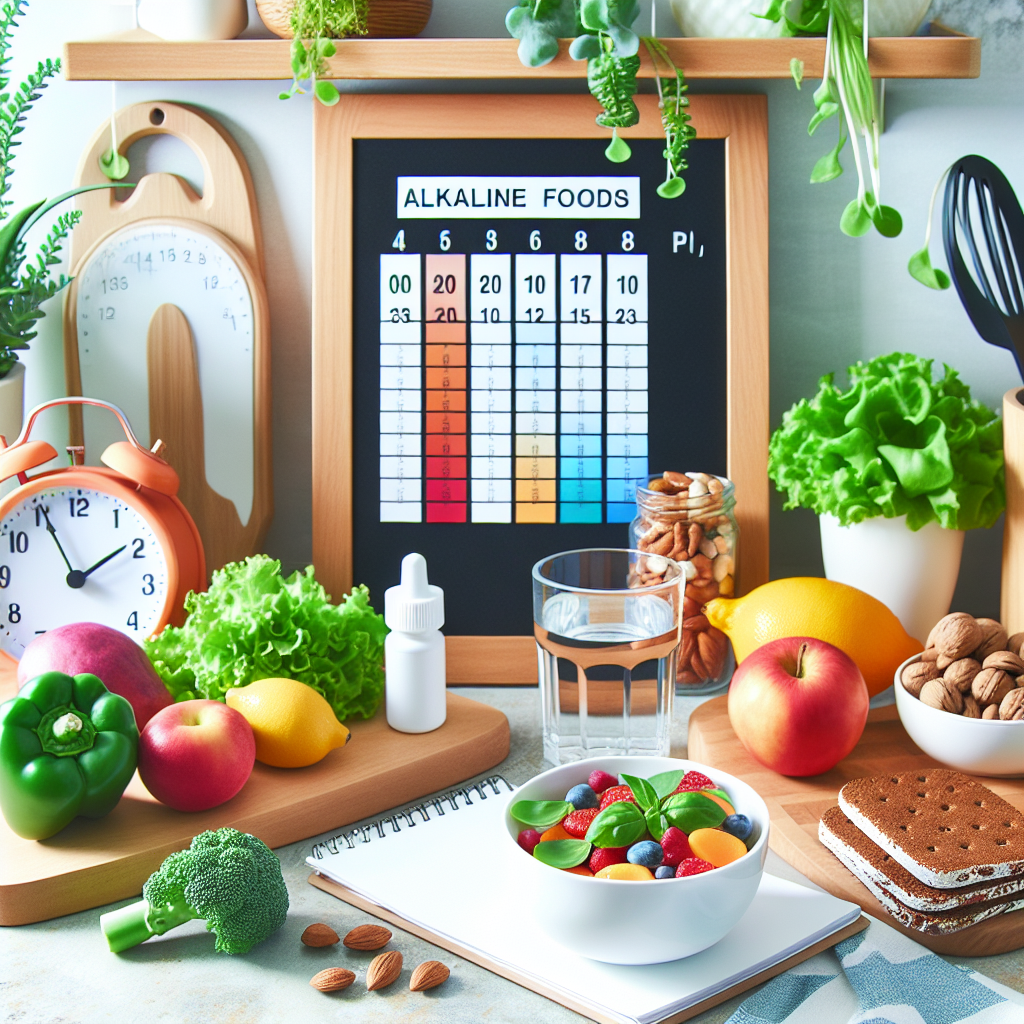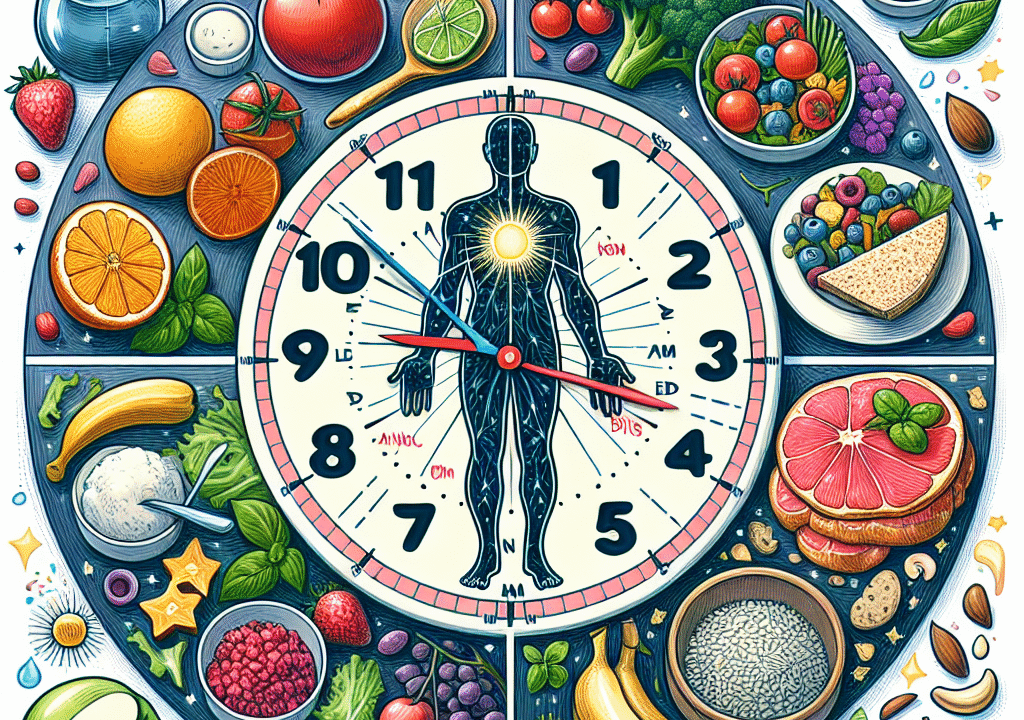
The Alkaline Advantage: Meal Prep That Works with Your Busy Schedule
In today’s fast-paced world filled with complex health trends, finding a sustainable eating plan that fits your lifestyle can seem harder than ever. Fortunately, there’s a practical and science-supported approach that’s gaining momentum: alkaline pH-balanced meal prep for busy people.
This method focuses on reducing acidity through intentional food choices to support energy, digestion, and inflammation reduction. Even better? With a little planning, adding alkaline-friendly foods to your weekly routine can be simple, delicious, and completely doable.
Understanding the Alkaline Diet and Its Health Benefits
The alkaline diet promotes eating foods that form alkaline byproducts in the body such as leafy greens, certain fruits, and plant-based proteins, while limiting acid-forming foods like refined sugar, red meats, and processed snacks.
The human body maintains a slightly alkaline blood pH of around 7.4, regulated by your lungs and kidneys. While experts agree that food doesn’t directly change blood pH, the nutrients from alkaline-promoting foods can help lower inflammation, improve digestion, and protect long-term health.
“As a dietitian, I often see clients feel more energized and less bloated when they shift away from acidic, ultra-processed foods toward more whole foods,” says nutritionist Danielle Capalino, MSPH, RD.
A 2022 review in the Journal of Environmental and Public Health found that diets rich in alkaline-promoting foods were linked to improved bone health and lower risk of chronic diseases including hypertension and stroke (Frassetto, 2022).
Bottom line: even if the effect on pH is debated, the health benefits of alkaline-friendly foods are clear. You’re choosing clean, nutrient-rich ingredients that naturally support your body’s needs.
Meal Prep: The Secret to Sustainable Alkaline Eating
When your day is packed and you’re low on energy, it’s tempting to grab fast food or reach for packaged snacks. That’s why alkaline diet meal prep is a game-changer for professionals with limited time.
“Meal prepping is the number one way my clients stay consistent, regardless of their workweek chaos,” says integrative health coach Jodie Scott.
Research backs this up. According to a study published in the International Journal of Behavioral Nutrition and Physical Activity, people who plan meals tend to have healthier diets and lower body mass indexes (Ducrot et al., 2017).
The good news? Alkaline meal prep doesn’t require elaborate recipes. It’s about prepping whole, minimally processed ingredients in batches so you can quickly assemble meals throughout the week.
Top Alkaline-Friendly Foods to Include in Your Weekly Routine
Before you begin prepping, knowing which ingredients to stock is key. Here’s a guide to high-alkaline foods perfect for planning a vibrant, health-focused week:
Vegetables:
– Leafy greens: Spinach, kale, Swiss chard
– Cruciferous vegetables: Broccoli, cabbage, cauliflower
– Root vegetables: Beets, carrots, sweet potatoes
Fruits:
– Avocado, lemon, lime, watermelon, berries
Plant-Based Proteins:
– Legumes: Lentils, chickpeas, black beans
– Nuts and seeds: Almonds, chia, flax, hemp
Whole Grains and Herbs:
– Grains: Quinoa, buckwheat, amaranth
– Spices: Turmeric, ginger, basil, cumin
Helpful Tip: Aim for a 70/30 balance in your meals, with 70% coming from alkaline-forming foods and 30% from acid-forming ones. That means nutrient-rich proteins like eggs or grilled salmon are still welcome—just pair them with leafy greens and sprouts.
For more on how diet impacts other aspects of health, check out this detailed guide on diet and sexual wellness from eDrugstore.com.
How to Meal Prep the Alkaline Way
Transitioning to an alkaline meal prep lifestyle doesn’t require a complete kitchen overhaul. Here are simple strategies for building a meal plan that supports both wellness and your schedule:
Plan Ahead
Choose two days a week (such as Sunday and Wednesday) to prep meals and ingredients. Start with a basic menu that rotates around five alkaline staples such as steamed quinoa, grilled vegetables, tahini sauce, greens, and legumes.
Batch Cook Building Blocks
Instead of pre-making full meals, focus on preparing versatile ingredients in large quantities:
– Cooked grains like quinoa or millet
– Roasted vegetables such as sweet potatoes, carrots, and broccoli
– Steamed greens like kale or collards
– A couple of easy sauces such as lemon-tahini or miso-ginger
Example: Combine quinoa, kale, and roasted carrots, and top with lemon-tahini dressing for a filling, nutrient-packed lunch bowl.
Pre-Pack Smoothie Ingredients
For fast and healthy mornings, prep smoothie packs in advance. Combine spinach, banana, avocado, chia seeds, and a slice of ginger in freezer bags. In the morning, just add almond milk and blend.
Stock Up on Alkaline Snacks
Keep smart snack options within reach to avoid unhealthy choices:
– Hummus with sliced bell peppers or cucumbers
– Almonds and grapes
– Coconut chia pudding
– Guacamole with veggie sticks
Rely on Leftovers
Make extra portions at dinner to repackage them for lunch or a second dinner. Meals like vegetable stews, stir-fries, and sautéed greens reheat well and stay flavorful.
Insider Tip: Store meals in BPA-free glass containers to preserve taste and avoid exposure to hormone-disrupting chemicals.
A Sample Alkaline-Friendly Meal Plan
Here’s a sample one-day alkaline menu to help inspire your prep:
Breakfast: Green smoothie with spinach, banana, avocado, lemon juice, and chia seeds
Mid-Morning Snack: Bell pepper strips dipped in hummus
Lunch: Quinoa bowl with roasted sweet potatoes, arugula, avocado, and lime-tahini dressing
Afternoon Snack: Handful of almonds and a fresh plum
Dinner: Stir-fried bok choy, mushrooms, and broccoli over buckwheat noodles, seasoned with tamari and fresh ginger
Evening Treat: Herbal tea paired with a couple squares of dark chocolate (70% cacao or more)
Consistency Over Perfection: Make Balance Your Goal
Reminder: You don’t have to be perfectly alkaline to feel better. Focus on gradual improvement rather than obsession. The key is emphasizing nutrient-dense, mostly plant-based meals that naturally help your body thrive.
Over time, you’ll notice subtle shifts—less bloating, more energy, improved digestion—and these benefits will keep you motivated to maintain your goals.
Make it simple: prep just a few recipes to start, stay hydrated with lemon water during the day, and most importantly, stay flexible.
Download More Tips and Recipes
Looking for weekly alkaline-inspired meal ideas, grocery lists, and wellness strategies? Subscribe to our newsletter and get fresh insights delivered straight to your inbox.
Click here to sign up via eDrugstore.com
Let your new balanced life begin.
References
Frassetto, L., Morris, R. C., & Sebastian, A. (2022). Potassium Bicarbonate Supplementation Reduces Bone Turnover and Protein Loss in Older Adults. Journal of Environmental and Public Health.
Ducrot, P., Méjean, C., Aroumougame, V., Lampuré, A., & Hercberg, S. (2017). Meal Planning is Associated with Improved Diet Quality and Lower Obesity Rates. International Journal of Behavioral Nutrition and Physical Activity.
Capalino, D., RD. (2023). Interview on dietary shifts and energy levels. Integrative Wellness Podcast.


